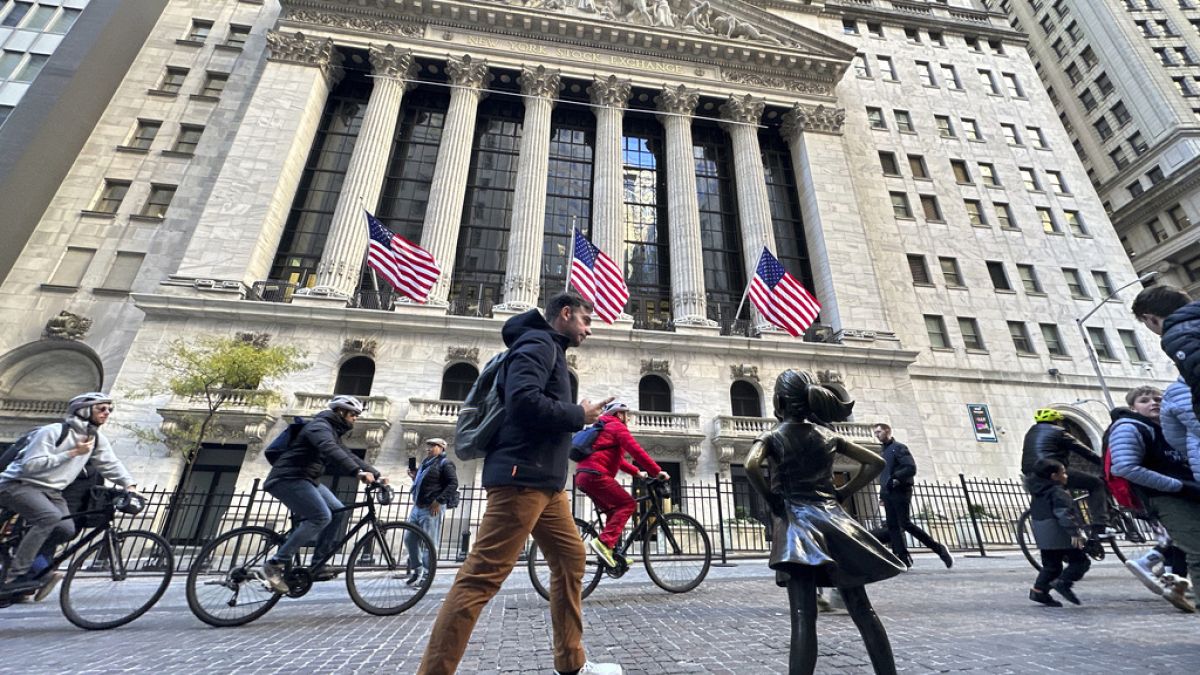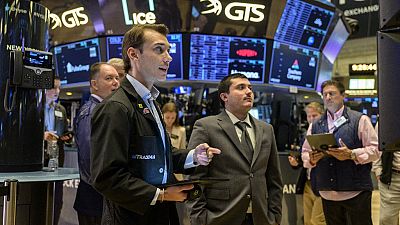Latest US jobless claims and GDP data shows world's largest economy is still expanding.
Gross Domestic Product (GDP) in the United States expanded by 4.9% in the three months to September quarter-on-quarter. The latest data is revised down from the previously reported 5.2% pace, according to the Commerce Department's Bureau of Economic Analysis (BEA).
It was still the fastest pace of expansion since the fourth quarter of 2021. The economy, grew by 2.1% in the second quarter. However, momentum appears to have faded in the final three months of the year as consumer spending takes a breather, reported Reuters.
Growth is also expected to be restrained by a wider trade deficit among others.
However, the growth pace is likely to remain strong enough to fend off a recession, with retail sales unexpectedly rising in November and single-family housing starts and building permits reaching 1-1/2-year highs. Growth estimates for the fourth quarter range between 1.1% and 2.7%.
The labour market remains resilient
Showing signs of a fairly healthy labour market, the number of Americans filing new claims for unemployment benefits rose just marginally last week to 205,000, continuing the trend of historically low layoffs in the world's biggest economy.
Jobless claims are traditionally an important indicator of how the US economy is doing. As long as companies seek to retain employees, recession is not likely in the US.
Labour market strength is fuelling consumer spending, which makes up more than two-thirds of the US GDP, hence keeping the overall economy afloat.
The Federal Reserve held interest rates steady at 5.25%-5.50% range last week and policymakers signaled in new economic projections that the historic monetary policy tightening engineered over the last two years is at an end and lower borrowing costs are coming in 2024.



